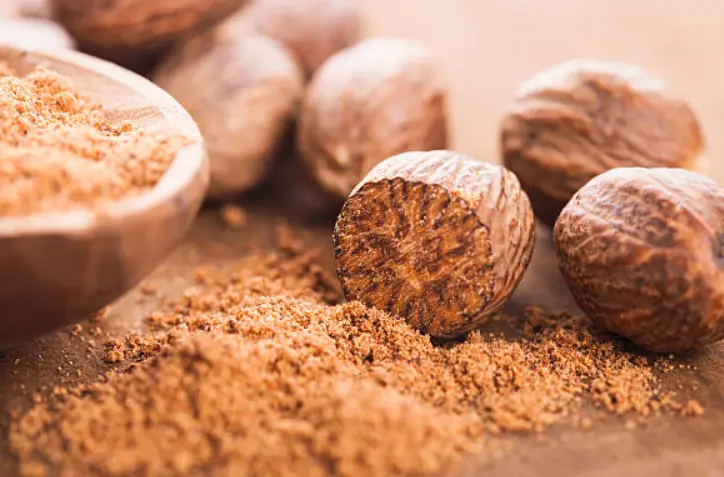A Sourcing Guide to Indonesian Nutmeg & Mace for Global Buyers

Nutmeg and Mace: The Two-in-One Spice from Indonesia's Spice Islands
The fruit of a single tree, Myristica fragrans, provides the world with two distinct and highly prized spices: nutmeg (the inner seed) and mace (the vibrant, lacy covering, or aril, that surrounds the seed). Indonesia, particularly the historic "Spice Islands" (Maluku), is the world's most important origin for this commodity, producing nutmeg and mace renowned for their potent aroma and high oil content.
For spice importers, understanding the quality grades and characteristics of both nutmeg and mace is essential for sourcing a product that meets commercial and industrial standards. This guide provides the necessary insights for making strategic purchasing decisions.
Understanding Nutmeg: More Than Just a Seed
Indonesian nutmeg is valued for its warm, sweet, and slightly spicy flavor. Its quality is primarily determined by its physical integrity, size, and oil content.
- Grades (ABCD and SS): The most common grading system is "ABCD," which refers to the number of nuts per kilogram.
- Grade A/B/C/D: This signifies whole nuts, sorted by size. A lower count per kg (e.g., 180-220 nuts/kg) means larger, more valuable nuts, typically sold as Grade A. A higher count means smaller nuts.
- Grade SS ("Sound Shriveled"): This grade consists of whole but shriveled or wrinkled nuts, which are perfectly suitable for grinding.
- With Shell (W/S) vs. Without Shell (W/O): Nutmeg can be exported with its hard outer shell intact (W/S) or with the shell removed (W/O). Nutmeg W/O is more valuable and ready for processing, but W/S offers better protection and longer shelf life.
- Volatile Oil Content: Premium quality nutmeg should have a volatile oil content of at least 6-7%, which is crucial for the food and fragrance industries.
Understanding Mace: The Delicate, Fiery Aril
Mace offers a similar flavor profile to nutmeg but is more delicate, with warmer and slightly spicier notes. Its quality is judged almost entirely by its color and form.
- Color: The most prized mace has a vibrant, uniform reddish-orange color. This indicates careful harvesting and drying. Paler, yellowish, or brown mace is considered lower quality.
- Form: Mace is sold as whole "blades" or broken pieces. Whole blades command a higher price and are preferred for gourmet retail, while broken pieces are perfect for grinding.
Key Sourcing and Logistical Considerations
- HS Codes: The codes are different for each product. Nutmeg is 0908.11 (not crushed) or 0908.12 (crushed/ground). Mace is 0908.21 (not crushed) or 0908.22 (crushed/ground).
- Moisture Content: For both spices, the moisture level must be kept low, typically below 10%, to prevent the growth of aflatoxins and ensure stability during shipping.
- Packaging: Both nutmeg and mace are packed in clean, dry jute or polypropylene (PP) bags, typically in weights of 25kg or 50kg, to protect them from moisture and contamination.
Your Partner in Sourcing Authentic Indonesian Spices
At PT Sinar Sunda Nusantara, we have established direct partnerships with farming communities in Indonesia's primary nutmeg-producing regions. This allows us to source high-quality, high-oil-content nutmeg and vibrant red mace. Our in-house quality control team inspects, sorts, and grades every batch to ensure it meets our clients' exacting specifications.
We manage all aspects of the supply chain, from sourcing and processing to providing all necessary export documentation, including Phytosanitary and Fumigation Certificates, to ensure your shipment arrives safely and clears customs efficiently.
Experience the quality of authentic Indonesian nutmeg and mace. Contact our spice trading desk today for a detailed specification sheet and a competitive quote.